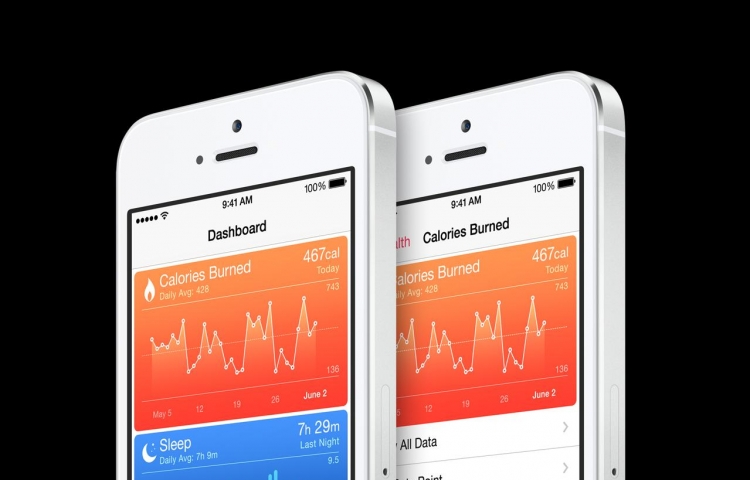
Apple's Health Records App: A Ripple or A Roar?
By: Dr. Joe Kvdar, Vice President, Connected Health, Partners HealthCare
To quote Yogi Berra, “It’s déjà vu all over again.” Or so it seems.
Last week, Apple made a big announcement that headlines and excited many in our industry. They have enlisted two of the largest medical records companies, Epic Systems and Cerner, as well as Athenahealth, and a number of respected healthcare institutions, including Johns Hopkins Medicine, Cedars-Sinai, Penn Medicine and UC San Diego Health. And, according to their press release, they have built their newly updated Health Records app based on FHIR (Fast Healthcare Interoperability Resources), which is the interoperability standard for transferring electronic medical records.
This is all good very good news. I might add that Apple has build an undeniable reputation on their ability to create beautifully designed and highly intuitive software and highly integrated hardware. I dare say, no one does it better.
But I can’t help but recall similar attempts to create health data repositories for patients on their mobile devices. In 2012, Google shut down Google Health after just three years due to “lack of widespread adoption.” Microsoft HealthVault has also seen its share of challenges since it launched in 2007. Of course, Apple entered the health market in 2014 with its Apple HealthKit which, to date, has not been the game-changer it was originally expected to be. A few weeks after the HealthKit launch, I actually catalogued my wish list for Apple HealthKit, and several themes from that 2014 post are still very relevant.
Dr. Joe Kvedar will speak at the Digital and Personal Connected Health Summit and give opening keynote at the Innovation Leaders Program at HIMSS18 in Las Vegas in March.




